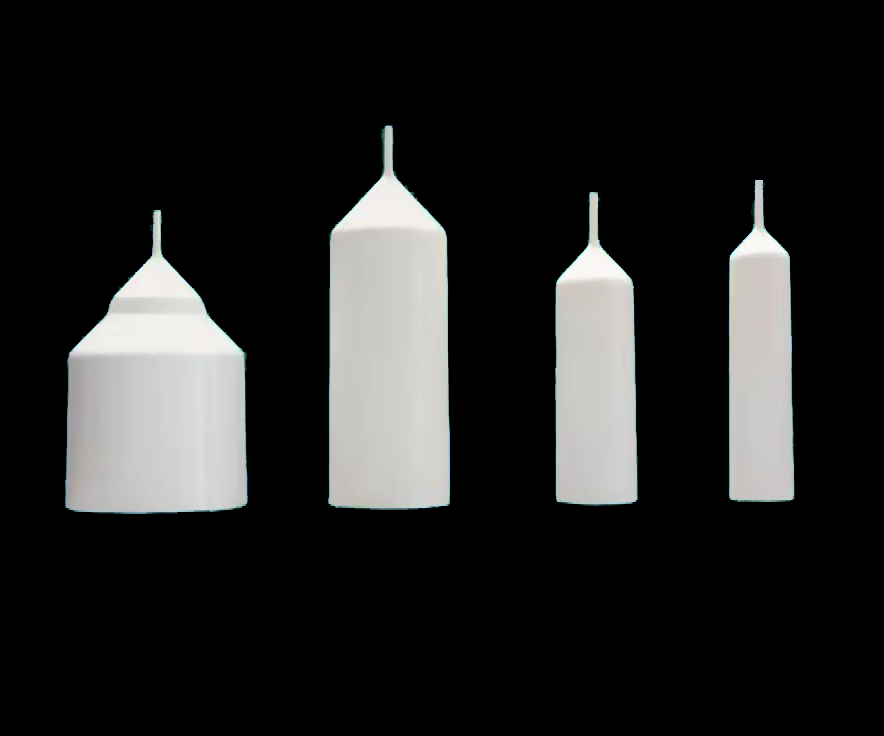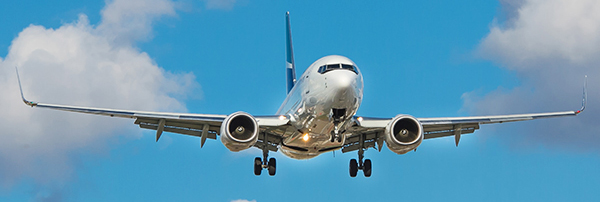
Aerospace Applications

Many properties of advanced ceramics make them ideal for aerospace applications. These materials maintain dimensional stability at high temperatures and exhibit very high mechanical strength. They are lightweight, high temperature resistant, electrically insulating, high ablation energy, corrosion resistant, chemically stable, abrasion resistant, and able to withstand vibration.
Electronics & Control System
The electronics and control systems of aerospace equipment are very sophisticated, so there is a high requirement for the performance of their manufacturing materials.
For large control systems, ceramics play a key role in missile guidance systems, satellite positioning equipment, ignition systems, fire detection and suppression, and instrument displays; for small electronics, ceramic materials help electronic components, such as sensors, antennas, capacitors, and resistors, get smaller and more powerful in the aerospace field.
It is worth mentioning the application of piezoelectric ceramics in space. Piezoelectric ceramics is a general term for ferroelectric ceramics with a piezoelectric effect. In recent years, space exploration has made great strides in the implementation of piezoelectric sensors and piezoelectric actuators in aerospace applications. Piezoceramics are widely used in space for fuel conservation, satellite control, atmospheric particle readings, and more.
Structural Parts
Structural ceramics (crystalline inorganic non-metallics) are used in aerospace as thermal barrier coatings (TBCs) for the thermal parts of engines because of their ability to withstand the high temperatures, vibrations, and mechanical shock typically found in aircraft engines and other high-stress locations. In addition, these materials are used as reinforcements in composites and/or as matrices in ceramic matrix composites (CMC).
Ceramics are lighter than most metals and are stable at high temperatures. Due to these and other properties mentioned above, structural ceramics are widely used in thermal protection systems in rocket exhaust cones, insulating tiles in space shuttles, missile nose cones, and engine components.
Engine Components
Technical ceramics have always been used in engine components. In aircraft engines and stationary gas turbines, ceramic materials are used in the form of tiles or coatings on metal components. They can withstand temperatures of 1,500-1,600°C, allowing the engine to run at higher temperatures. This will increase energy efficiency, thereby reducing fuel consumption and pollutant emissions. In addition, ceramic components may be less expensive than complex air-cooled metal components and may offer lower weight, and higher erosion resistance. The reduction in cost may contribute to the widespread application of ceramic turbine engines. Silicon carbide and silicon nitride ceramics are suitable choices for this purpose.
- Your Name (required)
- Your Email (required)
- Company Name (required)
- Country (required)
- Your Phone (Optional)
- Ceramics (Optional)
- Notes (Optional)
-
Attachment (Optional)
No file chosen
-







